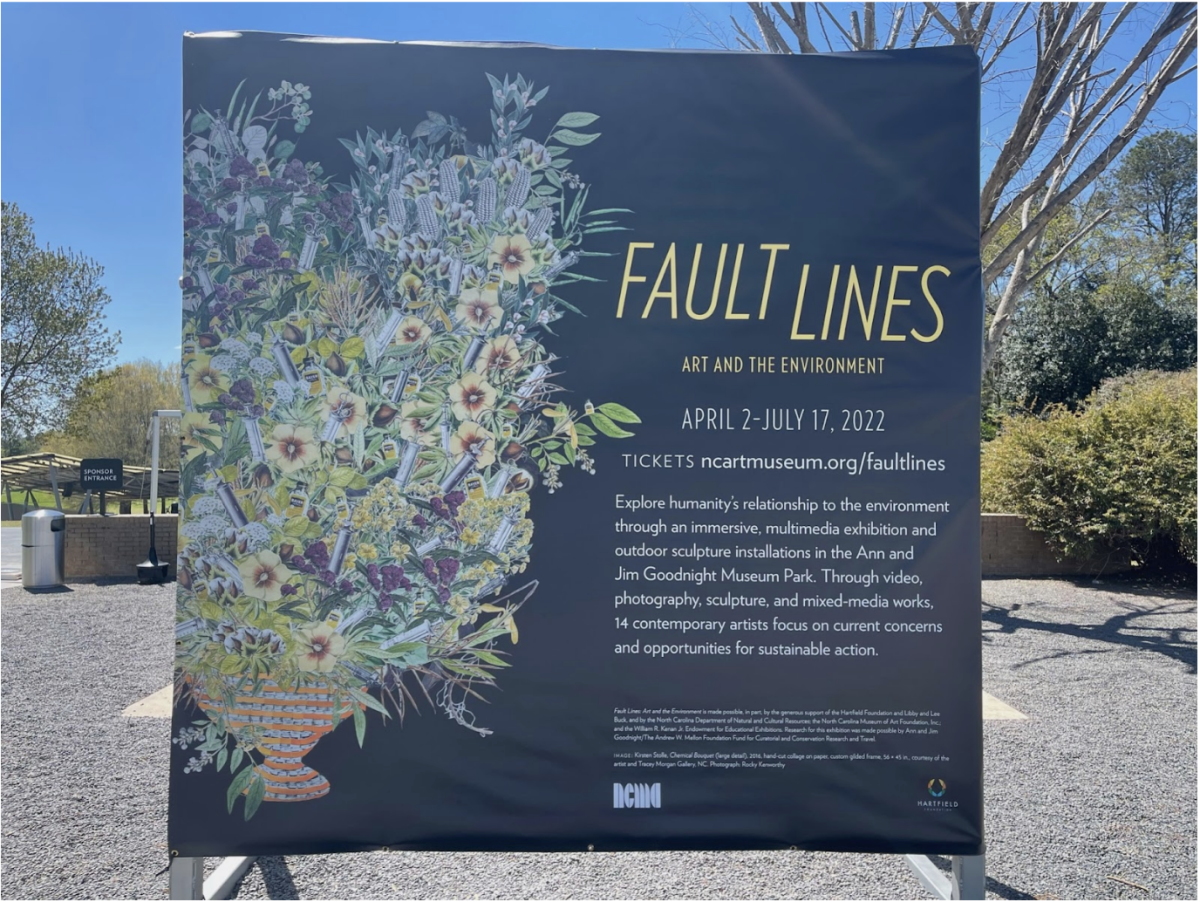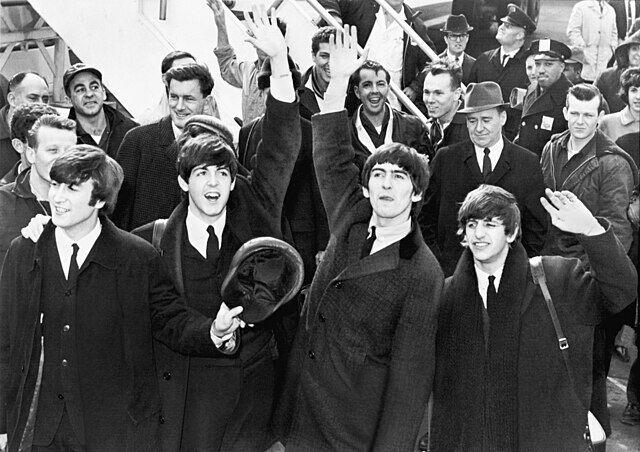The North Carolina Museum of Art’s (NCMA) new exhibit — Fault Lines: Art and the Environment — is currently at the Ann and Jim Goodnight Museum Park through July 17. The exhibit includes the work of 14 artists who focus on current environmental issues impacting the world.
College students receive free entry with a college ID on Wednesdays, Thursdays and Fridays 3-5 p.m., though tickets have to be reserved in advance.
The multimedia exhibition and outdoor sculpture installations invite viewers to appreciate the beauty of the artwork and the gravity of promoting environmental change, thus bringing awareness to the reality of environmental issues.
One piece, titled “The Midden” by sisters Christine and Margaret Wertheim, is an immersive installation of what looks like a coral reef made of trash found and collected by the artists over the course of four years. The 440 pounds of shoes, plastic bags, pizza boxes, shampoo bottles and more allow viewers to reflect on their own consumption and personal impact on the environment.
Linda Dougherty, the chief curator of contemporary art at the NCMA, said she believes the exhibit can help change viewers’ perspectives on the many environmental issues we are dealing with today.
“My hope is that the artists in this exhibition will draw you into the work by the visual interest and curiosity in their artwork, and then you’ll get the message and the narrative, and hopefully it will shift your perspective,” Dougherty said. “It will make you look at the world in a different way and make you think about your impact as an individual when it comes to all of these environmental issues.”
Marion Tisdale IV, an NCMA visitor experience and retail employee, said the work in the exhibit speaks to the complexity of environmental issues like climate change.
“A lot of times when we talk about climate change and the way in which we affect it, we don’t talk about some intersectionalities,” Tisdale said. “There’s one piece that discusses access to water through the Flint, Michigan crisis. There’s another one [on] the effect of poaching elephants, and it’s just these very interesting ways on how gender identity, political stance, access to power, access to autonomy really affect the ways in which we deal with climate change.”
Tisdale said his favorite piece from the exhibit was a video installation about the Flint, Michigan water crisis and the deeper significance behind it, commenting how it highlights the way people can take having water for granted.
Dougherty encouraged NC State students and anyone in the area to see the exhibit since the subjects of the artwork impact everyone and will leave viewers with a realistic, but hopeful outlook for the future of the environment.
“Contemporary artists are thinking about the same things all of us are thinking about,” Doughery said. “I think the environmental issues and crises that we hear about on a daily basis are so relevant to everyone’s lives.”














